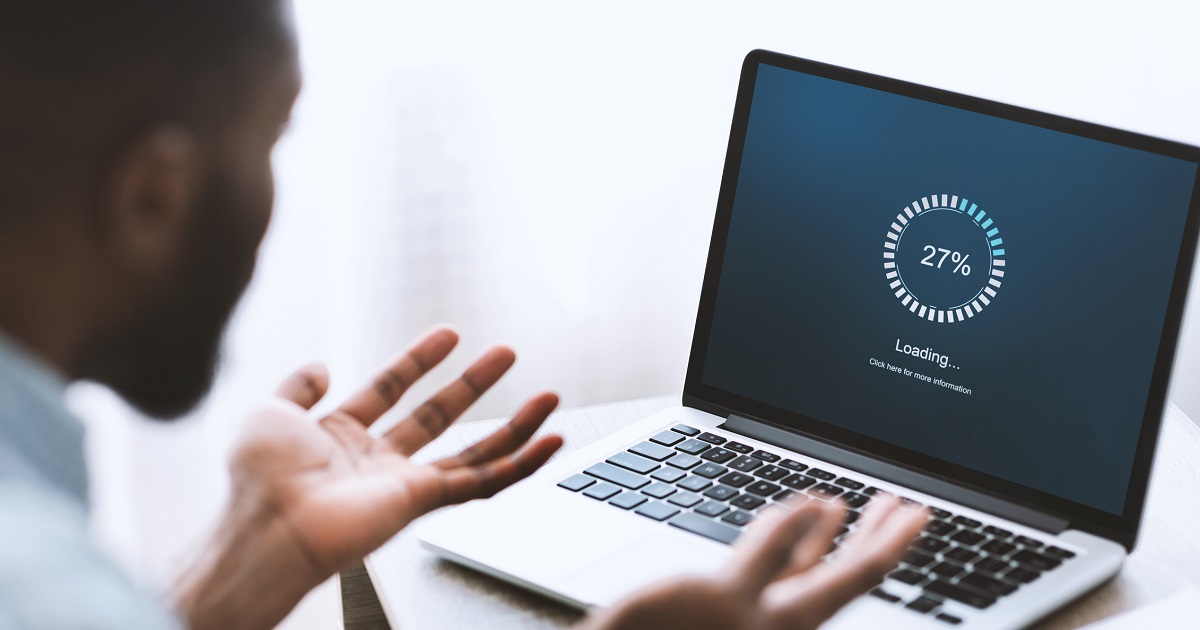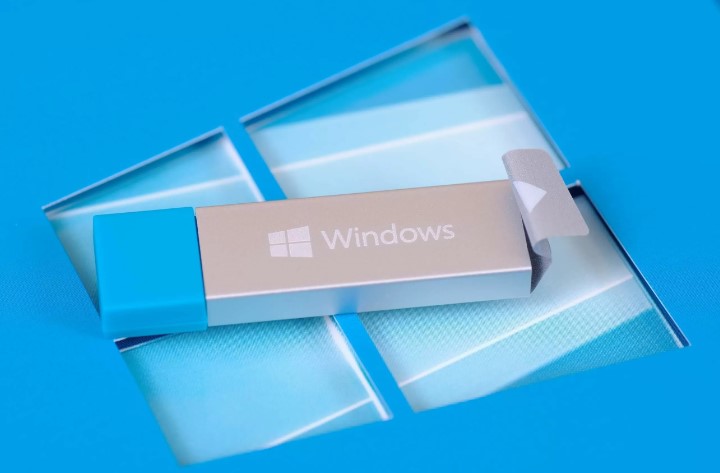12 Easy Ways To Extend the Life of Your Computer or Laptop

Many experts agree that the average life of a computer or laptop is about three to five years. But manufacturers and retailers often try to push you to upgrade to the latest and greatest computers more often. Most people don’t need to do that. We should strive to get the most life out of our devices as we can so we can keep more cash in our pocket.
How To Extend the Life of Your Computer
Just like you maintain your car and your home, you should do the same with your computers. Let’s talk about some easy steps you can take to make sure you’re not only extending the life of your computers but that you’re getting the best performance from them as well.
Remove Dust and Dirt
Dust and dirt are your computer’s enemy.
There are several fans inside your computer. If these fans become clogged with debris, they will no longer function properly. When this happens, your computer can overheat, and that can cause major damage.
Once or twice a year you should open the computer case and clean the inside. It can be tricky to open a laptop case depending on the make and model. If you would like to try doing it yourself, you can find instruction manuals on the manufacturer’s website and also plenty of YouTube videos detailing the process. If you’re not comfortable cleaning the laptop yourself, check with your local computer repair shop to get the job done.
For a desktop computer (on that has a separate CPU), you can remove the CPU cover and very carefully use canned air and a cotton swab to remove dust and debris from the fans and other areas. Before removing the case, unplug everything (mouse, keyboard, etc.) from the computer. You can purchase cleaning tools specifically designed to clean the inside of a computer, but I find canned air and swabs work very well. Weather permitting, you can take the computer outside to blow the dust out, because it can be a messy job.
Keep It Cool
Heat is very damaging to computers. Keep your computer in an open area: Don’t put the CPU inside of a cabinet or in another location that does not receive proper ventilation. Set it on a desk or another elevated area, not on the floor.
Carpet fibers, pet hair, dust and other debris can easily get inside of the computer if it is on the floor. And avoid placing it in a location that receives direct sunlight or is near a heating duct. Laptops tend to overheat more than desktop computers. You can purchase a cooling pad if you notice your laptop is too hot. Here are some examples of cooling pads from Amazon.
Keep It Up to Date
Keep the operating system and the software you have installed on your computer up to date. Enable automatic Windows updates so that when Microsoft releases new updates they’ll be installed automatically. The same is true for the other programs you have installed. Be sure to check regularly for updates for those programs. Most can be configured to check for and install updates automatically as soon as they’re released. Updates ensure that your software runs optimally.
Uninstall Unnecessary Programs
Uninstall any programs you no longer need or use. Each program that is installed takes up space and uses memory. Getting rid of what you don’t need will improve system performance.
Run Antivirus Scans
Run system scans regularly to keep your antivirus program up to date. Viruses and other malware can cause all kinds of problems.
Update the Hardware
Adding a solid-state drive (SSD) and additional memory can really speed up your desktop computer or laptop. It is not difficult to replace most hardware. Memory (RAM) is generally very easy to install and can have a positive impact on system performance.
If you are purchasing a new computer or laptop be sure to get a large enough hard drive, preferably a solid-state drive, and get plenty of memory. This prevents the need to upgrade at a later time. The same is true for the processor and graphics card. It is best to get what you need to begin with.
Update Device Drivers
Device drivers are pieces of code or software that allow your computer to communicate with the hardware. Often manufacturers release driver updates that enhance performance or address problems. A few times a year, check for updates. A faulty or outdated driver can cause errors or blue screens and can degrade overall system performance.
Manage Startup Programs
When you install a program on your computer it is often added to the startup group, meaning that each time you start your computer or laptop, the program will load and run in the background. While your antivirus software should be running at all times, most other programs should not because they use up system resources and slow the system down.
Each program has an options menu. Find the settings to disable the program from auto-starting. You can also use the Windows Task Manager to disable programs. To open the task manager, right-click a blank area of the taskbar and choose Task Manager from the list. Click “More Details” and then click the startup tab. This will show you the list of programs that are currently starting each time you boot. Select each program in the list that you want to disable and then click the disable button. Reboot the computer when finished.
If you are unsure whether it’s safe to disable a certain program, use a search engine to search for the name of the program followed by “is it necessary at startup?”
Clean Up Old Files
We accumulate a lot of files over time. These can be files we create in our word processor or office program, audio and video files and pictures and images. Go through the files and delete what you no longer need. This will free up disk space. And be sure to empty the recycle bin when you are finished deleting files. The files you delete go there, and they are still using disk space until you empty the bin.
Delete Cookies and Temporary Files
These files also accumulate over time. Clear out cookies and temp files in your web browser. This will not only free up some space but will also help your browser run more efficiently.
Use a Surge Protector
A surge protector protects your computer from a sudden power surge which can damage or completely ruin electronic devices. Spikes and surges can happen when there is a power outage or other power issue.
It’s important to note that a power strip is not the same as a surge protector. Look for a surge protector that comes with a manufacturer’s warranty. This should cover the equipment connected to it up to a stated dollar amount. Also check the joule rating, which shows the amount of energy the surge protector can absorb before you need to replace it. The higher the rating the better. Also look for the UL VPR, which specifies the clamping voltage. Lower ratings are best.
Look for a surge protector that has an auto-shutoff feature. When a power surge or other power issue occurs, the surge protector will shut down to protect the devices attached to it.
An indicator light lets you know that the surge protector is on and connected to a properly grounded outlet. Some list a response time. That indicates how quickly the surge protector responds. Lower response times are better.
Look for one with enough widely spaced outlets to connect all of your devices. Some come with rotating outlets that swivel to accommodate larger plugs without blocking the other outlets.
Do a Clean Install of Windows
One of the major reasons people purchase a new computer is because it is slow. Often that is due to years of use. The operating system slows down, programs are installed and junk accumulates. Returning the computer to factory settings and doing a clean install of Windows can make a huge difference.







